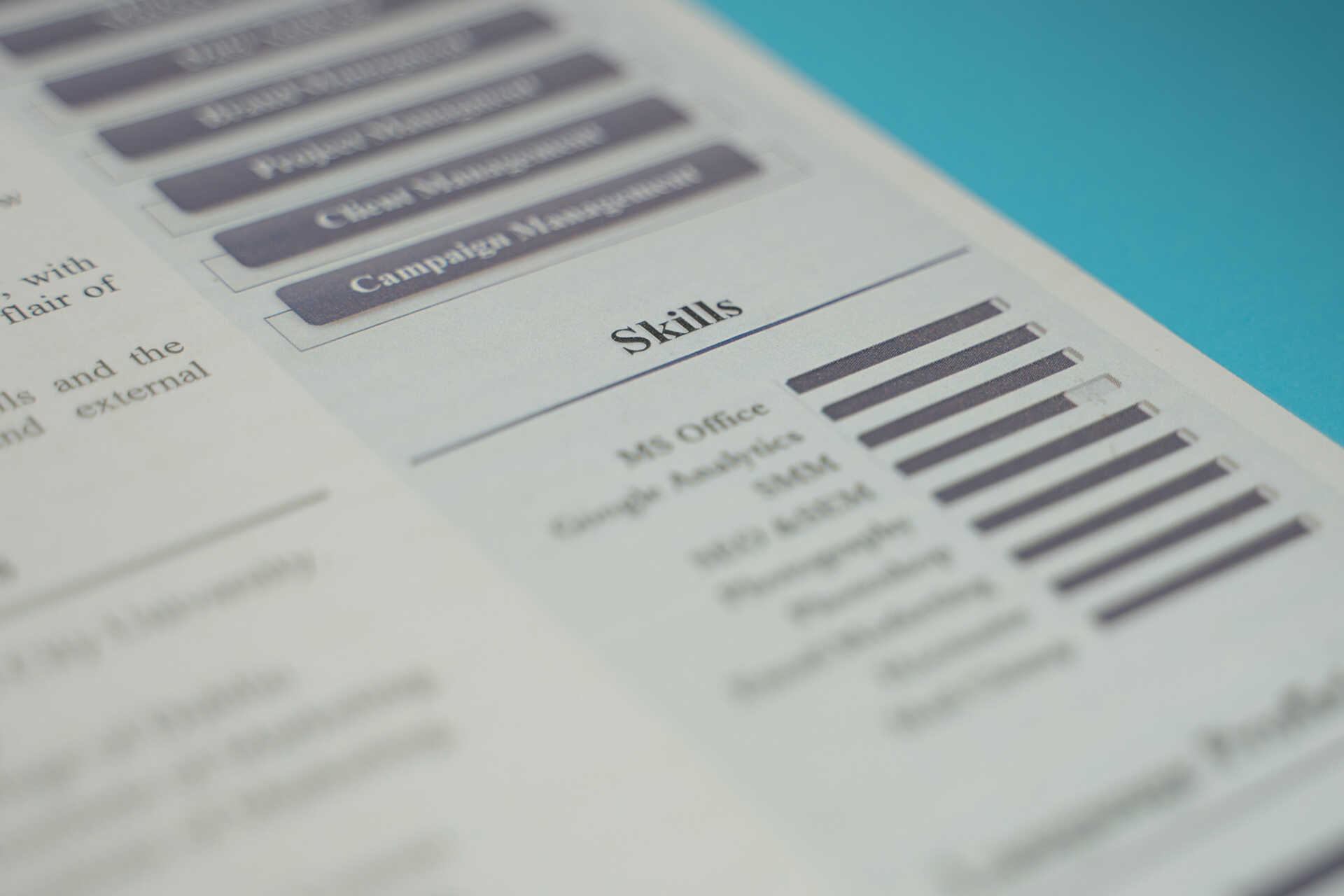
Details that the employer can use to contact you: your name, phone number and email address.
UK CVs do not tend to include a photograph. It is recommended that you do not include any personal information such as age, date of birth, gender, race, religion, sexuality, marital status, or disability, in case of discrimination. These are known as protected characteristics and are only monitored by employers to ensure the diversity of a workplace.
A maximum of 2 sides of A4. It should be 1 or 2 full sides of A4 and not 1 and a half.
Yes. Academics CVs tend to be longer than 2 sides of A4, depending on experience. They include research interests, publications, conferences attended, funding awards and professional membership, in addition to the content of a non-academic CV.
Yes. Research the format for the country you are applying to work in, as they are all different. Some countries require a photo, date of birth, details of your health, hobbies and languages spoken.

Our online CV checker will help you to:
Improve your CV - Receive expert feedback in an instant
Target your CV - Address employer needs and increase your chances of success
Enhance your cover letter - Learn how to optimise and personalise your cover letter
There is no ‘one best way’ to construct a CV; it is your document and can be presented as you wish, however the following sections are usually included:
A skills-based CV is structured to evidence skills you have developed through different aspects of your life, including your academic study, work history, voluntary work and extra-curricular activities. This CV format is useful when you have limited work experience or for mature students and graduates whose degree subject and work experience are not directly related to their application. The Skills Profile will be the main part of this CV while details of your employment and education are usually kept to the essential facts.
Focus on skills that demonstrate how suitable you would be for a role.
Examples could include:
Hobbies and interests
Keep this section short and to the point. Make sure that the information is useful and relevant to the employer or role.
References
Many employers don’t check references at the application stage, so unless the vacancy specifically requests referees, it's fine to omit this section completely – just write "References are available on request."